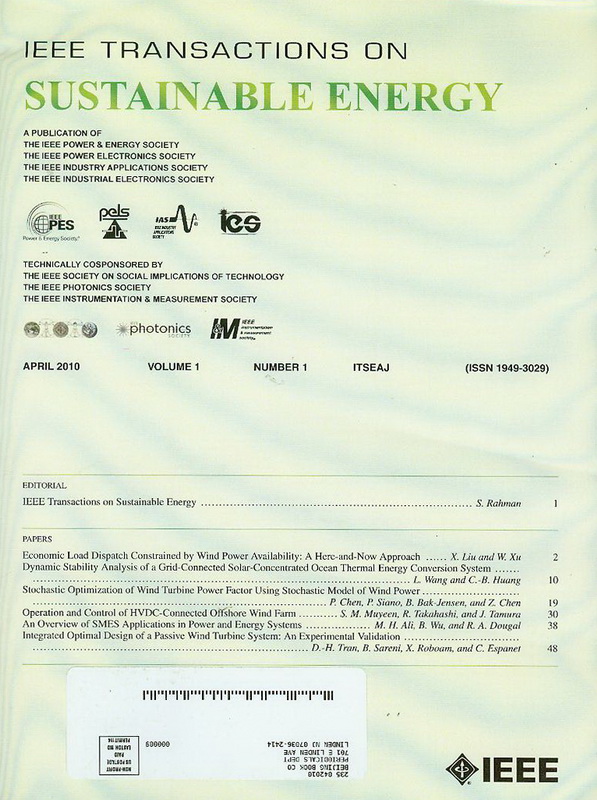基于增强输入凸神经网络的电力系统最优规模区域频率约束规划
IF 10
1区 工程技术
Q1 ENERGY & FUELS
引用次数: 0
摘要
可再生能源在电力系统中的大规模普及,降低了系统惯性水平,增加了对频率响应服务的要求。建立电力系统安全的频率约束模型已有大量的研究。然而,现有文献大多只考虑均匀频率安全性,而忽略了不同区域频率的空间差异。为了填补这一空白,本文提出了一种新的规划模型来解决电力系统的最优规模问题,该模型考虑了区域频率安全和区域间频率振荡。具体而言,首先通过增强的输入凸神经网络(ICNN)提取区域频率约束,然后将其嵌入到原始的频率安全优化中,其中采用原则性的权值初始化策略来处理传统ICNN中非负权值的梯度消失问题,增强其拟合能力。提出了一种结合稀疏度计算和局部搜索的自适应遗传算法,将规划模型划分为两个阶段,并进行有效的迭代求解。在三个不同的电力系统上进行了案例研究,以验证所提出的频率约束规划模型在确保区域系统安全和获得现实投资决策方面的有效性。本文章由计算机程序翻译,如有差异,请以英文原文为准。
Regional Frequency-Constrained Planning for the Optimal Sizing of Power Systems via Enhanced Input Convex Neural Networks
Large renewable penetration has been witnessed in power systems, resulting in reduced levels of system inertia and increasing requirements for frequency response services. There have been plenty of studies developing frequency-constrained models for power system security. However, most existing literature only considers uniform frequency security, while neglecting frequency spatial differences in different regions. To fill this gap, this paper proposes a novel planning model for the optimal sizing problem of power systems, capturing regional frequency security and inter-area frequency oscillations. Specifically, regional frequency constraints are first extracted via an enhanced input convex neural network (ICNN) and then embedded into the original optimisation for frequency security, where a principled weight initialisation strategy is adopted to deal with the gradient vanishing issues of non-negative weights in traditional ICNNs and enhance its fitting ability. An adaptive genetic algorithm with sparsity calculation and local search is developed to separate the planning model into two stages and effectively solve it iteratively. Case studies have been conducted on three different power systems to verify the effectiveness of the proposed frequency-constrained planning model in ensuring regional system security and obtaining realistic investment decisions.
求助全文
通过发布文献求助,成功后即可免费获取论文全文。
去求助
来源期刊

IEEE Transactions on Sustainable Energy
ENERGY & FUELS-ENGINEERING, ELECTRICAL & ELECTRONIC
CiteScore
21.40
自引率
5.70%
发文量
215
审稿时长
5 months
期刊介绍:
The IEEE Transactions on Sustainable Energy serves as a pivotal platform for sharing groundbreaking research findings on sustainable energy systems, with a focus on their seamless integration into power transmission and/or distribution grids. The journal showcases original research spanning the design, implementation, grid-integration, and control of sustainable energy technologies and systems. Additionally, the Transactions warmly welcomes manuscripts addressing the design, implementation, and evaluation of power systems influenced by sustainable energy systems and devices.
 求助内容:
求助内容: 应助结果提醒方式:
应助结果提醒方式:


